Tips from the Waterfall Racing Podcast
In early April, Bicycle Lawyer Matt Scarborough had the honor of appearing on Waterfall Racing podcast, hosted by Joy Mcadams. The podcast features interviews with endurance athletes and people who can get listeners better at the sport. Past episodes have talked to high performance coaches, pro-triathletes, a mother-daughter duo. It’s for people new to the sport and those who already take part and want to know more about tweaking performance, improving mental health and nutrition, and now—with Matt Scarborough’s episode—how to stay safe while training on the road.
Joy has never been in a cycling accident but knows how often they can occur. “If we’re in that network on Instagram where our feed is filled with cyclists and triathletes it feels like at least once a month one of our connections are involved in an accident,” Joy said. “It’s something that’s all too common.” She had questions for Matt, who specializes in bicycle accident law, about protecting yourself during a race and while training.
When you sign a race waver, what does it really mean?
Matt explains that if it’s a matter of “simple negligence” there’s probably not much you can do to be compensated after signing a waver. That’s not the case for “gross negligence”. That means there’s a serious and/or ongoing issue that the race employees or organizers know about but do nothing to stop, resulting in an accident or injury. Matt gives the example of a rogue driver on the course that the race employees know about but do nothing to stop. Just because you signed a waver doesn’t mean the race doesn’t have to worry about safety, Matt said. These events are hugely important in the cycling community but there’s no place for race organizers who are promoting unsafe practices that get participants injured.
What are common ways people get into bicycle accidents?
Matt mentions that he has a number of cases where people get run off the road or doored. In other cases, people hit potholes on group rides, resulting in injury and damage to their bicycles. Where he practices in Florida, there’s an issue with people driving who can’t do so safely. No matter whether you’re driving or cycling, follow rules of the road. When there is a stop sign, stop and don’t trust that other drivers have seen you unless you make eye contact with them.
How can cyclists protect themselves?
Defensive cycling is always helpful for avoiding these types of accidents. In the case of being run off the road, Matt mentions that it can be more dangerous to ride far into the shoulder of the bike lane than to come closer to the road. It doesn’t feel natural for many cyclists, Matt says, but can protect you so much more. “It makes cars pass you further on the left-hand side or go into the other lane entirely,” Matt says, instead of trying to pass as closely as possible at high speeds which can quickly result in an injury or death for the cyclist.
Making yourself visible while cycling can help keep you safe from accidents. If you have to ride on roads, Matt recommends riding in a group when possible. Always put lights on your bicycle, front and rear.
How can uninsured motorist coverage be helpful for cyclists?
Most cyclists don’t know that they can be covered under their automobile insurance. Many states don’t require people to have liability insurance. “People are driving around without any or enough coverage,” Matt says. “If you’re involved in an accident with them, your own insurance will cover your bicycle and take care of you up to the limits of the policy you have for yourself.” But in a serious accident that may not be enough.
If you’re in a bicycle accident, what should you do first?
Matt says the number one thing you should break out if you’ve been in a bicycle accident is your phone. “You can video or take photographs of the scene and the automobiles.” Your adrenaline is pumping after an accident which can make it hard to get information down accurately. Having photos of the scene, any immediately visible injuries, and the other drivers’ license and insurance information can make it easier if you need to file a claim. Likewise, even if your bike has been totaled, don’t throw it away. The physical evidence can be useful if you have to go to court.
After an accident, avoid telling anyone “I’m fine” even though it’s a natural instinct. Some injuries—or the full extent of those injuries—don’t show up until days later. Likewise, don’t post too much about the accident on social media. “If you tell your insurance company in a statement that you can’t work out but a month later you post about swimming and biking, it’ll kill your case,” Matt says. That’s not the same as being honest about the ways in which an accident has impacted your training but it can be a fine line that’s not worth it for a post to friends and family if you’re in a serious accident that requires replacing an expensive bicycle or rehabilitation.
For the full conversation between Matt Scarborough, bicycle accident lawyer, and Joy Mcadams on the Waterfall Racing Podcast, click here to listen on Spotify or search to find it wherever you get your podcasts.
